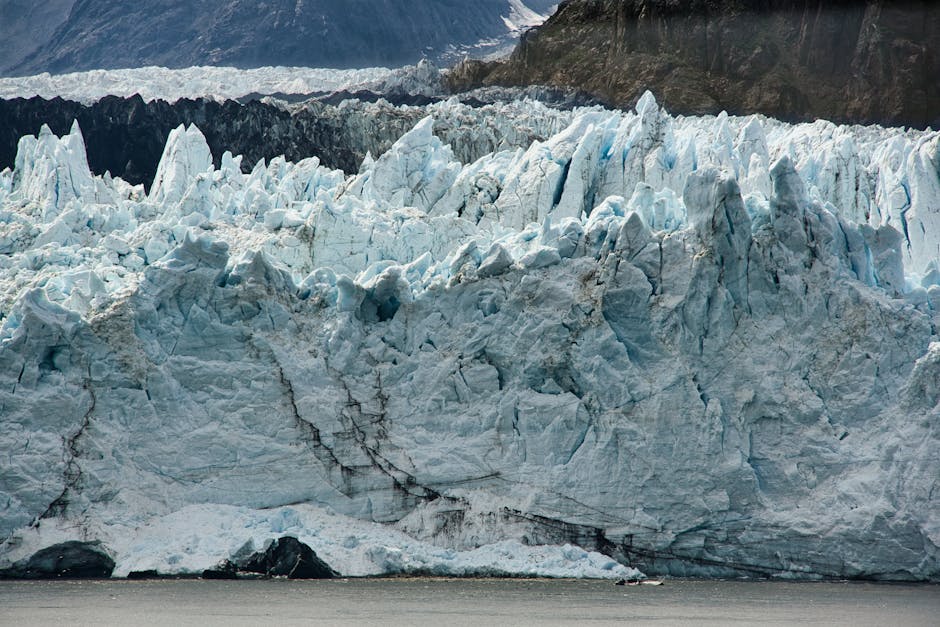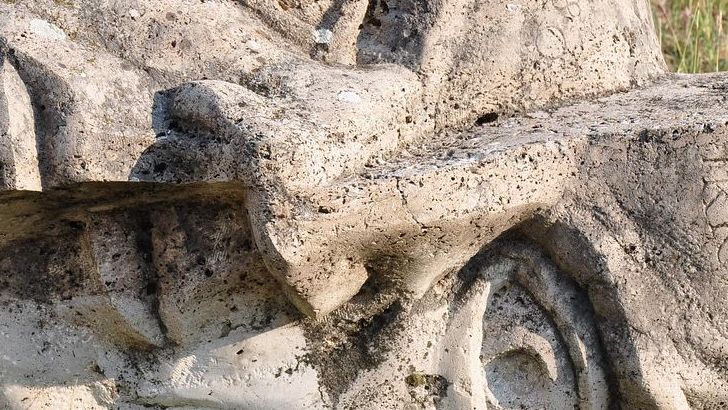Understanding the Climate Crisis: A Growing Concern

The climate crisis is a topic that has been on the forefront of global discussions for years. It is not just about the polar bears losing their ice homes or the rising sea levels threatening coastal cities. It is about dramatic changes happening right in our backyards. As we understand more about climate change, we realize that some areas are experiencing these changes faster than others. The recent data from NASA has shed light on which state in the U.S. is warming the fastest, and the results are surprising.
NASA’s Revelatory Findings

NASA, known for its space exploration, also keeps a keen eye on our planet. Their latest data has revealed that Alaska is the fastest-warming state in the U.S. This might come as a surprise to many, as Alaska is often associated with cold and icy conditions. However, the data is clear. Over the past few decades, Alaska has experienced significant temperature increases. This is not just a blip on the radar; it’s a trend that has been consistent and alarming.
Why Alaska? The Science Behind the Data

One might wonder why Alaska, of all places, is warming so quickly. The answer lies in its geographical position and unique climate patterns. Alaska is situated in the Arctic, a region particularly sensitive to climate change. The phenomenon known as “Arctic amplification” means that the Arctic warms faster than other parts of the world. This is due to a combination of factors, including the loss of reflective ice surfaces and changes in atmospheric and oceanic currents.
Implications for Alaska’s Ecosystems

The rapid warming of Alaska has profound implications for its ecosystems. The state is home to diverse wildlife, from majestic moose to the iconic bald eagle. However, rising temperatures threaten these species in various ways. For instance, warmer waters can impact fish populations, a crucial food source for many animals. The thawing permafrost also poses risks, releasing greenhouse gases like methane into the atmosphere, further exacerbating global warming.
Impact on Indigenous Communities

Alaska is not just about stunning landscapes and wildlife. It is also home to many Indigenous communities who have lived on this land for generations. For these communities, the changing climate is not just an environmental issue; it is a cultural and existential one. Traditional ways of life, such as hunting and fishing, are being disrupted. The melting ice and changing weather patterns mean that some communities are even considering relocation, as their homes become increasingly uninhabitable.
Economic Consequences of a Warming Alaska

The economic implications of Alaska’s rapid warming are significant. The state relies heavily on industries like fishing, tourism, and oil extraction. However, as temperatures rise, these industries face new challenges. The fishing industry is particularly vulnerable, with changing fish populations impacting livelihoods. Similarly, the thawing permafrost can damage infrastructure, leading to costly repairs and maintenance.
Tourism: A Double-Edged Sword

Tourism is a vital part of Alaska’s economy. Visitors flock to the state to experience its natural beauty and unique wildlife. However, the warming climate poses both challenges and opportunities for the tourism sector. On one hand, longer summers might attract more tourists. On the other hand, the loss of iconic features, such as glaciers, could deter visitors. The industry must adapt quickly to these changes to continue thriving.
Steps Toward Mitigation and Adaptation

Addressing the rapid warming of Alaska requires both mitigation and adaptation strategies. Mitigation involves reducing greenhouse gas emissions to slow the pace of climate change. This can be achieved through renewable energy initiatives and energy efficiency measures. Adaptation, on the other hand, involves adjusting to the changes that are already occurring. This might include building resilient infrastructure or developing new agricultural practices suited to the changing climate.
The Role of Policy and Governance

Policy and governance play a crucial role in addressing the challenges posed by Alaska’s warming climate. Government actions, both at the state and federal levels, can drive significant change. This includes implementing regulations to reduce emissions and investing in research and innovation. Collaboration with Indigenous communities is also essential, ensuring that their voices are heard and their needs are met.
A Call to Action: The Path Forward

The data from NASA serves as a wake-up call. The rapid warming of Alaska is not just an issue for Alaskans; it is a global concern. It underscores the urgency of addressing climate change and the need for collective action. Every individual, community, and nation has a role to play in combating this crisis. By working together, we can hope to preserve the beauty and uniqueness of Alaska for generations to come.








